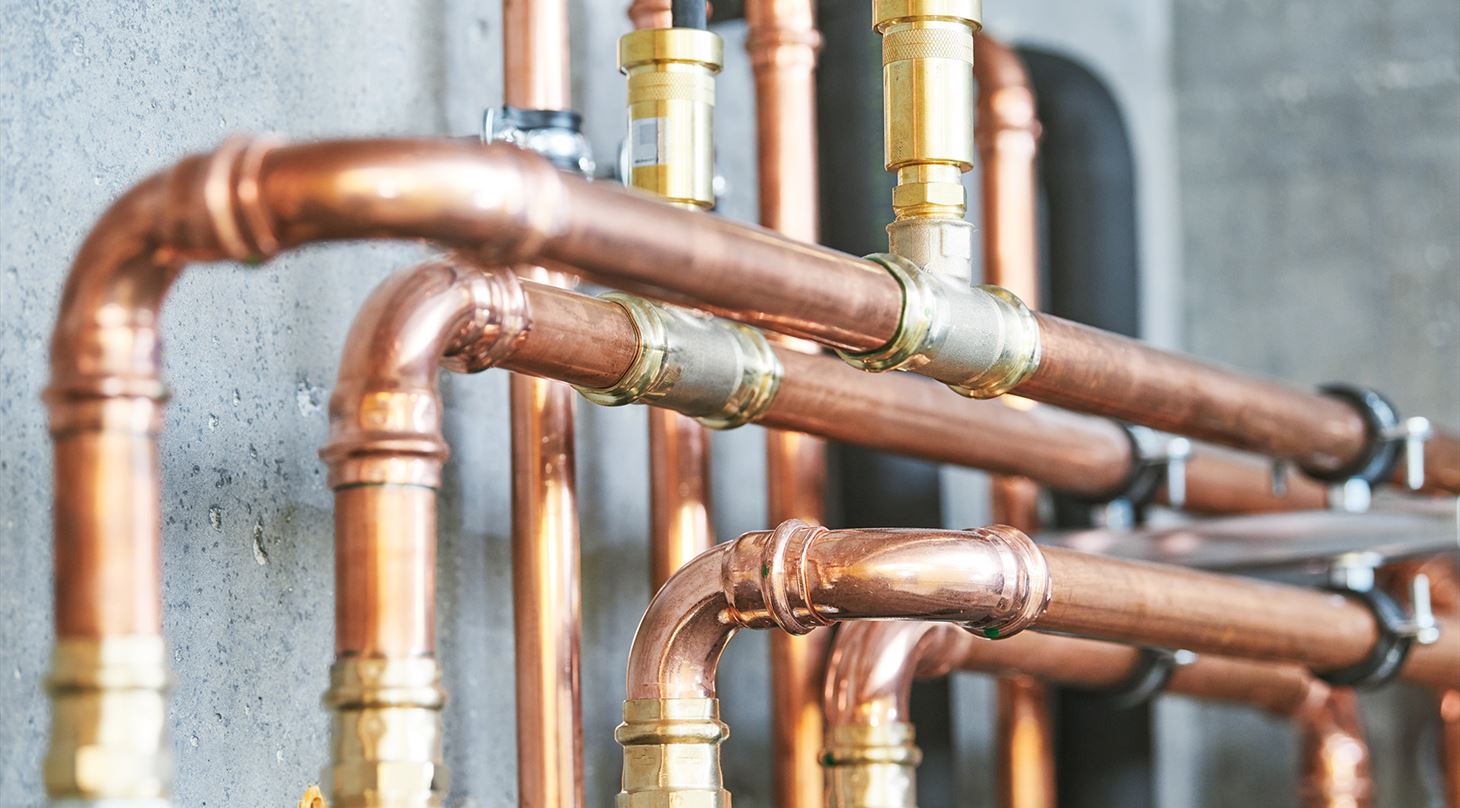
Analysis and advice about copper and brass - Get help here
Brass is an alloy located between copper and zinc with up to 50% zinc. Next to steel, brass is the largest group of technical metals, which are used in everything from water and electrical installations to construction. Brass is cheaper than copper, has better corrosion resistance, greater strength, and is at the same time easier to process than pure copper. Therefore, brass is often seen in e.g. water installations.
Control and quality of copper and brass alloys
Copper and brass alloys can be many different things and depending on which application it is used in, certain parameters must be considered. Environmental parameters that can have an impact on corrosion and service life can be crucial for which alloy you choose. In the case of an electrical installation for instance, a brass alloy with a higher zinc content can be accepted compared to if it was a domestic water installation where there may be a risk of galvanization - or a component in contact with seawater where high strength and corrosion resistance are required.
At the Danish Technological Institute, we can help you choose the right alloy and control the chemical composition of e.g. lead and zinc content, which can be crucial for the suitability of an alloy for specific purposes.
See what else we can help you with
Corrosion and failure mechanisms
Brass alloys generally have good corrosion resistance, but as with all other metals, it can vary greatly with parameters such as chemical composition, manufacturing method, and heat treatment. Among the most common failure mechanisms in brass are the risk of stress corrosion and dezincification.
Stress corrosion occurs through the combination of specific chemical environments and stresses, and it can quickly lead to extensive cracking in components.
Dezincification is a phenomenon in which the zinc-containing β-phase in brass corrodes away, leaving a porous copper-containing matrix, which can also lead to leaks and defects in components. Dezincification is often seen in water installations and especially in urban zones where the chlorine content of the water is generally higher.
Fortunately, both error mechanisms can be investigated in advance. This allows you to handle faulty materials and components before they go into operation.
How can the Danish Technological Institute help you?
- Advice on the choice of alloy
- Quality control of alloy composition and corrosion resistance
- Damage and failure analysis.